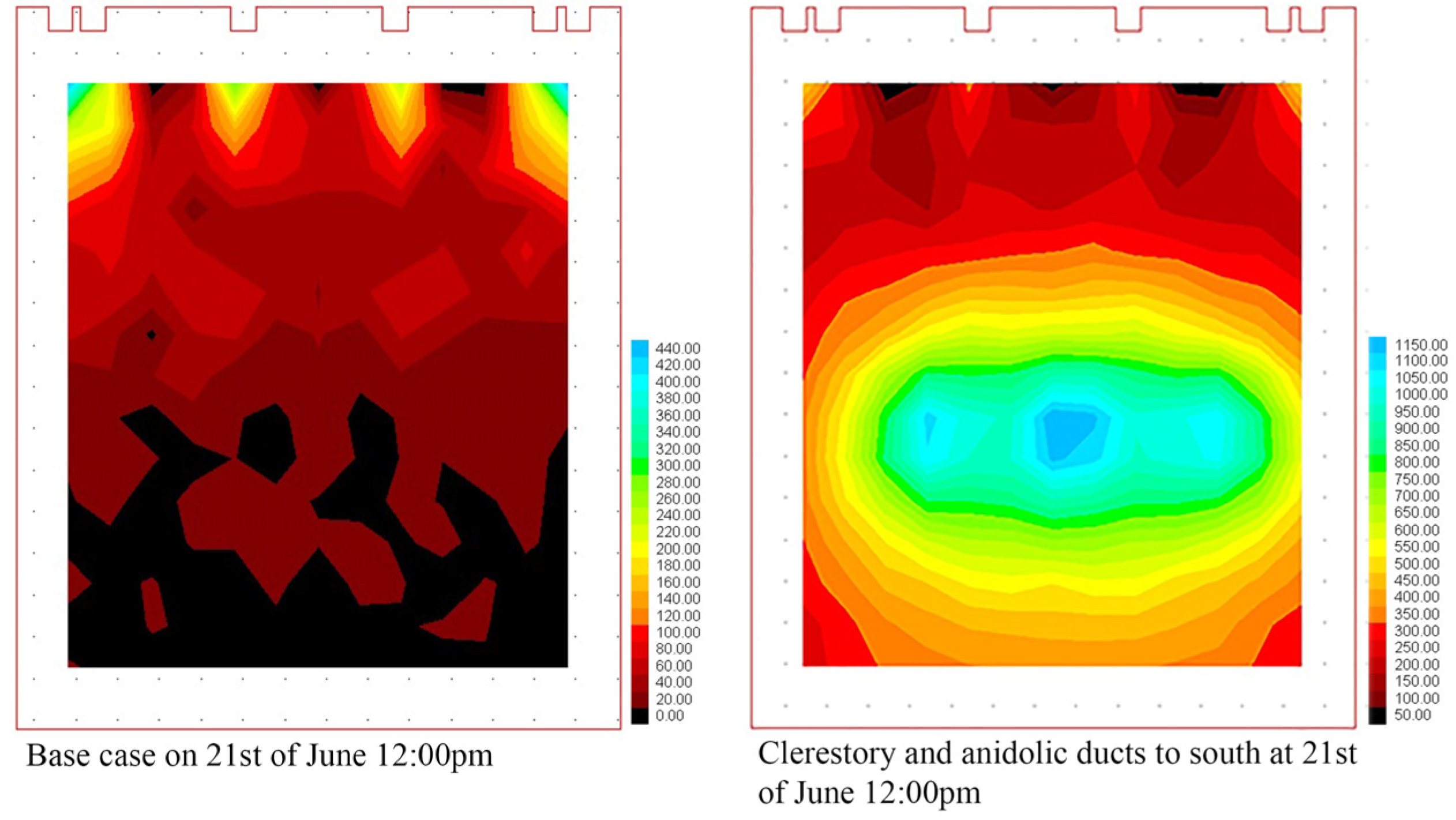
And just double check your SGHC after exporting to CBECC-COM and run the model from there. It has more potential to generate surface errors because sometimes it doesn't define the geometry needs to be defined in E+/OS.Ħ) Use Title 24 materials when building constructions.
Ies ve windows#
Copying systems over and having the same name for some of the flow causes error sometimes.ĥ) There are several ways to make windows in IES, but I would recommend to NEVER use the free-hand window option (when you're in plan view and just specify window width by dragging). When you name the Supply and Return - you kind of need a naming convention that would allow you to keep track and apply them to the appropriate zones - depending on how many systems you have. For instance, rooms with the same name will be mapped into the same zone when you develop the zone in IES.Ĥ) A number of things that typically doesn't translate through CBECC-COM is the Supply segments which cause error. Usually, it's an easy fix for one or two zones after being exported to CBECC-COM and just scroll through the ventilation exhaust tab and checking if they are equaled.Ģ) Remove all holes or non-window glazing from IES-VE to CBECC-COM.ģ) As for room names, I think the advice is pretty much true and avoid many problems down the line. So my question is whether other IES VE users have encountered additional issues with translating to CBECC-Com and whether the above guidance holds? I'm specifically interested in #3, which I think may have been fixed by appending the room ID to the room name at least in the translated OSM file I looked at.įrom my adventure with using IES-VE for Title 24 compliance, most of the guidance hold and I noticed the following usability:ġ) I still get the ventilation mismatch issues a lot of times. The CBECC ruleset will then check for the cfm/ft2 value, which is 0, and gives an error about not enough ventilation. Some entries include 15 cfm/person, for example, but then the ventilation source is set as cfm/ft2. Self-shading surfaces (from ModelIT) are not accounted for in the Title 24 calculation.Īnother common issue we see coming through to our technical support team is a mismatch on ventilation information.The analysis will not be successful with any space or surface polygon (PolyLp in CBECC-Com) containing more than 120 vertices due to a limitation in the EnergyPlus simulation.Rooms on different floors cannot be on the same thermal zone.Each room and each zone must have a unique name.

Customers tell us we offer excellent value. This includes self-employed structural engineers, small consulting firms, large design-build firms, government agencies, manufacturers, construction specialists, and more. No more than 10 rooms allowed per thermal zone. IES customers are professionals in a wide variety of structural practice and fields.The &, >, Please note that these issues do not exist elsewhere in the VE: Can you offer any general guidance for the 3D model?Īs the Title 24 module in the VE runs the CBECC-Com Ruleset & EnergyPlus simulation engine for compliance, there are a few limitations with regards to naming the rooms.

IES lists the following general guidance for errors: I'm working on an existing IES VE model that will be used for Title 24 compliance.


 0 kommentar(er)
0 kommentar(er)
